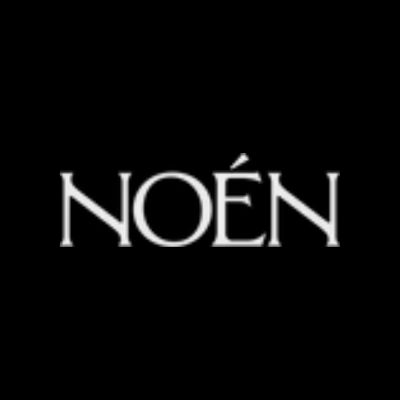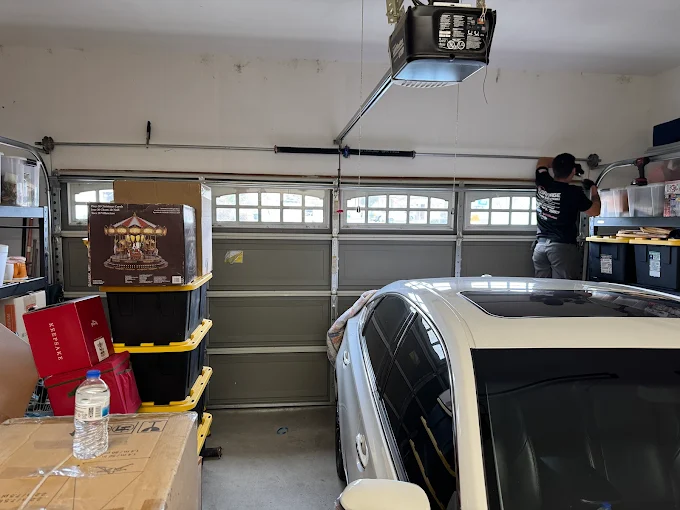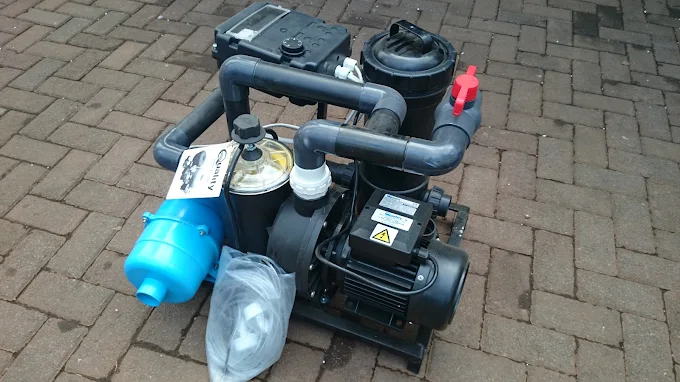
As an OHS consultant, your expertise is vital in shaping safer, healthier work environments. But when it comes to implementing ISO 45001, things can get tricky. Sure, you’ve got a solid understanding of occupational health and safety standards, but how do you take that knowledge and make it work for a diverse range of clients, each with unique needs? ISO 45001 isn’t just a framework; it’s a comprehensive approach that requires a deep dive into risk management, culture change, and ongoing refinement.
In this guide, we’re going to explore the practical side of ISO 45001 training. We’ll discuss how consultants can truly leverage their understanding of the standard to create real, sustainable impact across organizations—and we’ll touch on the nuances and complexities that can arise during implementation. Think of this as a roadmap to not only understanding the technicalities of ISO 45001 but also navigating the human and organizational challenges that come with it.
Creating Tailored Solutions for Diverse Client Needs
• Context Analysis: Start by analyzing the client’s specific risks and challenges to understand their needs.
• Industry-Specific Focus
- Manufacturing: Physical hazards like machinery and chemical risks.
- Tech: Ergonomics, stress, and mental health concerns.
- Healthcare: Biological risks, patient safety, and staff mental health.
• Tailoring Strategies: Adjust your risk management strategies to suit each organization’s environment (e.g., construction vs. office-based sectors).
Bridging the Gap Between Compliance and Culture Change
It’s one thing to help your clients comply with the technical aspects of ISO 45001, but it’s another thing entirely to foster a culture of safety within the organization. This is where your expertise becomes truly valuable. ISO 45001 isn’t just about paperwork and checklists—it’s about transforming how people think about safety.
Training can give you the tools to do this. For example, a key focus in ISO 45001 is leadership commitment. But how do you help leaders genuinely buy into safety as a priority? It’s one thing to have a written safety policy; it’s another for leaders to actively demonstrate a commitment to safety through actions and decisions. Through ISO 45001 training, you’ll learn how to work with senior management to cultivate this mindset and embed it throughout the organization. You’ll also learn strategies for shifting attitudes at all levels, making safety a natural part of everyday conversations.
Navigating the Complexities of Risk Assessment
Risk assessment is central to ISO 45001, where you identify potential hazards, evaluate their risks, and develop strategies to mitigate them. However, risk management isn’t a one-size-fits-all process—each organization has unique needs.
1. Broadening Risk Scope
ISO 45001 goes beyond physical hazards. Psychological risks like stress, burnout, and harassment are equally important. As a consultant, you’ll need to apply your training to assess not just physical but also emotional well-being, recognizing that both contribute to employee health and productivity.
2. Industry-Specific Focus
Risk assessments vary by industry. In high-risk sectors like construction or manufacturing, physical hazards dominate the focus. But in service-based industries like healthcare or IT, you’ll need to prioritize ergonomics, repetitive strain injuries, and mental health risks. Training helps you adapt to these unique needs.
3. Understanding Organizational Culture
Your risk assessments will be more effective if you understand the organization’s safety culture. A company with strong safety culture will be more proactive in reporting and addressing risks. This is why it’s crucial to assess and foster this culture as part of your work.
4. Prioritizing Risks
Once hazards are identified, you must evaluate their potential impact. ISO 45001 recommends using tools like risk matrices to assess the severity and likelihood of risks, allowing you to prioritize actions and address the most pressing concerns first.
5. Effective Tools and Methods
ISO 45001 training introduces tools like risk matrices, SWOT analysis, Job Safety Analysis (JSA), and Bowtie analysis, which help you assess risks more comprehensively and tailor your recommendations to the specific needs of your clients.
6. Collaboration in Risk Assessment
Risk assessments are most effective when they involve employees, management, and stakeholders. Engage employees, especially those on the front lines, as they often have valuable insights into risks. This collaborative approach helps create a safer, more engaged workforce.
Keeping the Momentum Going: Continuous Improvement
• Establish Continuous Monitoring: After implementation, set up systems for regular checks to ensure that safety measures are maintained.
• Create Feedback Loops: Regular feedback from employees and management helps identify areas for improvement and ensures the system evolves with the organization’s needs.
• Conduct Regular Audits: Help clients perform frequent audits to assess the effectiveness of their safety protocols and make adjustments where necessary.
• Ongoing Training: Ensure employees receive regular training to keep safety top of mind, especially as new risks emerge.
• Leadership Involvement: Encourage leadership to continue modeling safe behaviors and championing safety initiatives, creating a culture of ongoing improvement.
• Evolving with Growth: As the organization grows or changes, help adapt the safety system to new challenges and risks.
Overcoming the Barriers to Successful Implementation
Implementing ISO 45001 comes with its own set of challenges, and understanding these potential hurdles is key to ensuring success. Some common barriers to successful implementation include:
1.Resistance to Change
Employees and leadership may resist new safety practices, especially if they’ve grown comfortable with the existing system. Overcoming this resistance requires strong communication skills and a clear demonstration of the benefits of the new system.
2.Resource Limitations
Not all organizations will have the resources to immediately implement all elements of ISO 45001. As a consultant, you’ll need to help prioritize the most critical areas and develop a phased approach that doesn’t overwhelm your client.
3.Lack of Ongoing Engagement
Some organizations view ISO 45001 as a “one-and-done” task, but it’s really a long-term commitment. Ensuring that your clients maintain momentum throughout the process requires regular check-ins, follow-ups, and performance evaluations. You’ll need to stay involved and help them stay on track.
4.Misalignment Between Leadership and Staff
Sometimes, there’s a disconnect between the goals set by leadership and the reality on the ground. As a consultant, part of your role is to mediate between leadership and staff, ensuring that everyone is aligned on safety priorities and understands their responsibilities within the system.
Training in ISO 45001 will equip you with strategies for overcoming these barriers, but your real-world experience and ability to navigate organizational dynamics will set you apart.
Closing Thoughts: The Consultant’s Role in Building Safer Workplaces
As an OHS consultant, you’re not just helping organizations tick off regulatory boxes. You’re playing a critical role in shaping safer, healthier, and more productive workplaces. ISO 45001 offers a powerful framework, but it’s up to you to bring it to life within the context of each organization’s unique needs.
Your ISO 45001 training will provide you with the technical know-how, but it’s your ability to connect with clients, adapt to their challenges, and drive cultural change that will make you a standout consultant. This journey isn’t just about compliance; it’s about making a tangible difference in the lives of employees, leaders, and organizations as a whole.
By becoming a trusted expert in ISO 45001, you’ll help create a ripple effect that extends far beyond a certification audit. You’ll be part of the ongoing journey toward a safer, more resilient workforce—and that’s a legacy every OHS consultant can be proud of.





